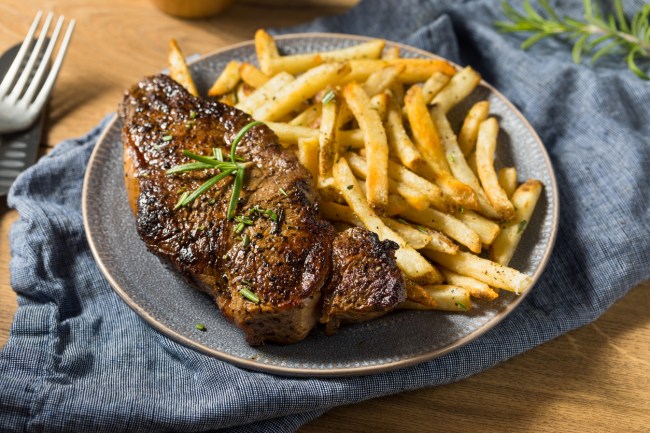
iStockphoto
The restaurant industry has its fair share of problems (labor shortages, rising food prices, food waste, the whole tipping vs. living wage thing), but did you know there are other issues that bleed over into your dining experience too?
As amazing as restaurants can be, some are guilty of using various devious tricks to fool us into spending more money.
Let’s take a look at some of the most common ways restaurants can be misleading.

iStockphoto
There aren’t a heck of a lot of restaurants that can use a term like this and be truthful about it. Junior’s cheesecake? Sure, it’s famous. The Anchor Bar’s buffalo wings? Absolutely. But a chain restaurant with a semi-popular menu item? Nope, definitely not famous.
Call-Out Boxes

iStockphoto
Overwhelmingly, call-out boxes, and any bold or highlighted text will make an item appear more appealing to the consumer, despite the fact that, you guessed it – it’s highlighting one or more high-profit items. Less bang, more buck.
Lots Of Juicy Adjectives
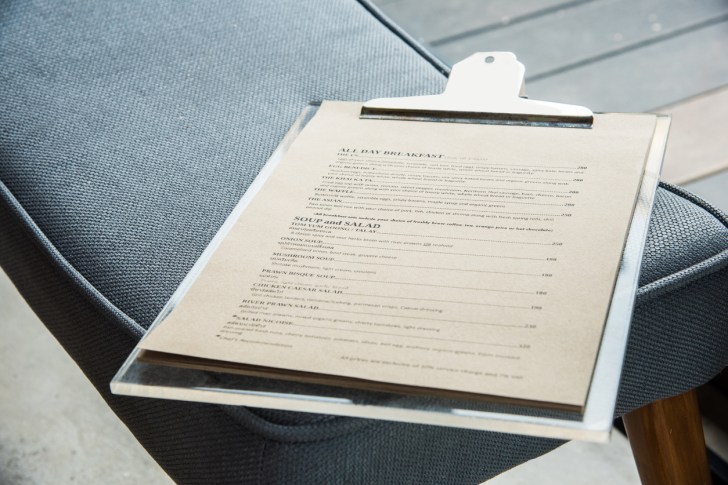
iStockphoto
Descriptive adjectives, such as “melty” or “crispy” are an easy way to influence choice despite the actual meltiness or crispiness of the dish in question.
The Kobe Beef Sliders
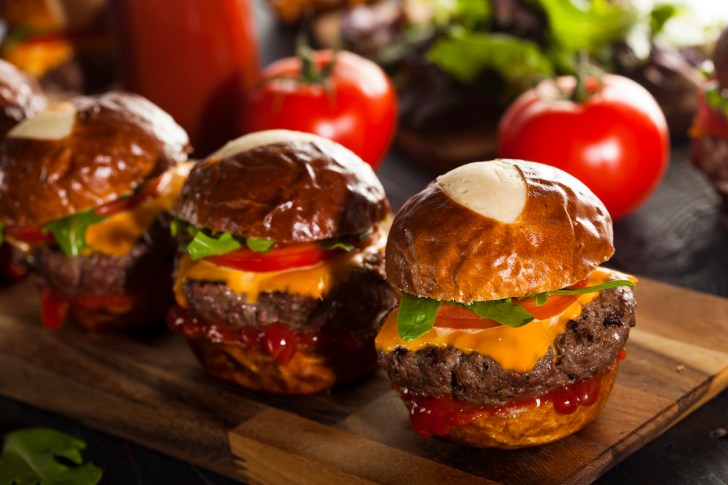
iStockphoto
Seems like Wagyu is on menus everywhere these days. Here in the United States, that typically means American Wagyu, which is very different from authentic Japanese Wagyu. If you know your red meat, you know it comes down to the level of purity in their genetics and the strictness of the breeding and raising standards. Japanese Wagyu cattle are raised in a very specific way, with strict regulations governing their diet, environment, and treatment. American Wagyu cattle share many of the same genetic characteristics as their Japanese counterparts, but they’re raised in a more relaxed manner, with fewer restrictions on their diet and environment.
Nowadays, many restaurants sell Kobe beef sliders; Unless you’re in a very high-end restaurant, this is typically a lie. Even if it was real Kobe beef (in which case you’d be paying hundreds of dollars for a not-large portion), because of its luxurious texture and flavor it would be a waste to serve it all ground up and smashed into a patty.
Chef’s Recommendation
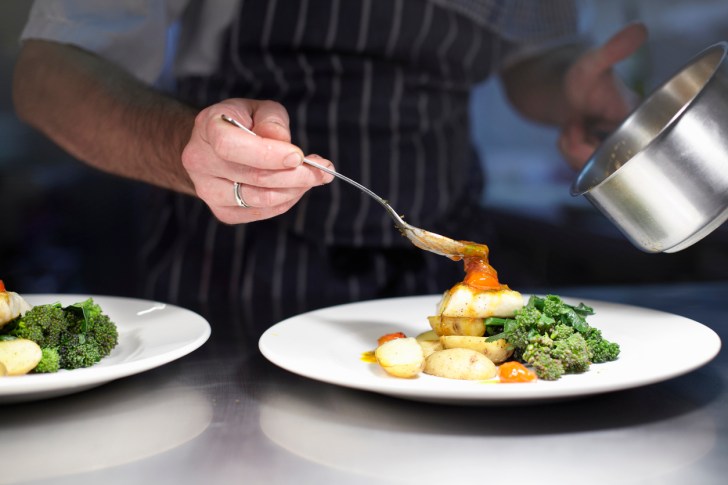
iStockphoto
This phrasing, along with “Signature dish” or “House favorite” could very well mean that they’re known for it, or it could just mean it’s another way to entice patrons into choosing a margin-rich item. When in doubt, check Yelp.
Ghost Kitchens

iStockphoto
If you frequently order on delivery apps, you know the rise of ghost kitchens.
These are delivery-only commercial kitchens that operate through online ordering platforms. They create “virtual” restaurant brands with names like Burger Brigade’s Blissful Patty Palace that don’t actually have a physical dine-in space. In reality, it’s operating out of the same kitchen as a commercial restaurant and using the same ingredients as many other restaurants options, strictly made for app customers.
These can be very misleading experience, especially when you expect a certain quality or authenticity that comes with a certain restaurant’s name. Business-wise, it’s a convenient and cost-effective solution for restaurant brands, but sometimes it’s a major bummer to learn that a gourmet burger joint was actually a run-of-the-mill chain diner that you’d usually never order from.
Truffle (Almost) Anything
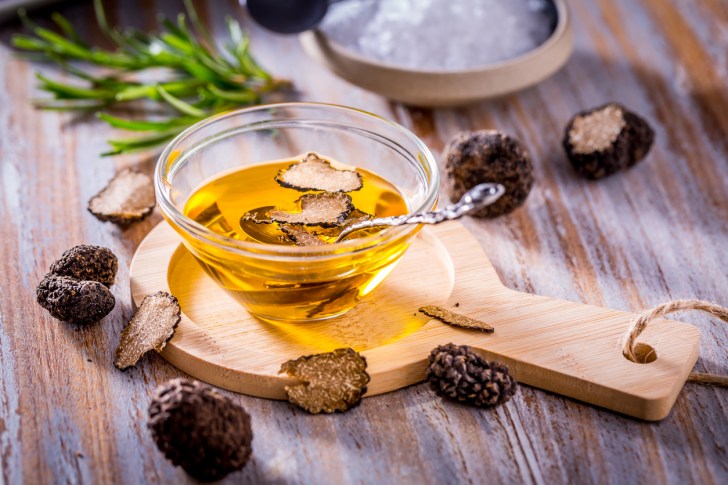
iStockphoto
Unless you’re at a very nice dining establishment and the dish you’re ordering is astronomically more expensive than it would be without the word “truffle,” you’re just getting truffle oil. And many truffle oils are synthesized without actually getting their flavor from real truffles.
Brunch

iStockphoto
Somewhere along the way restaurants took the absolute cheapest meal to create, threw in a mimosa, made things fancy, and got people to shell out $14 for an omelet that was created with less than $1 worth of ingredients. I may be one of the only ones to believe in this, but if it’s not a buffet, it’s not brunch – it’s just expensive weekend breakfast.
Small Plates
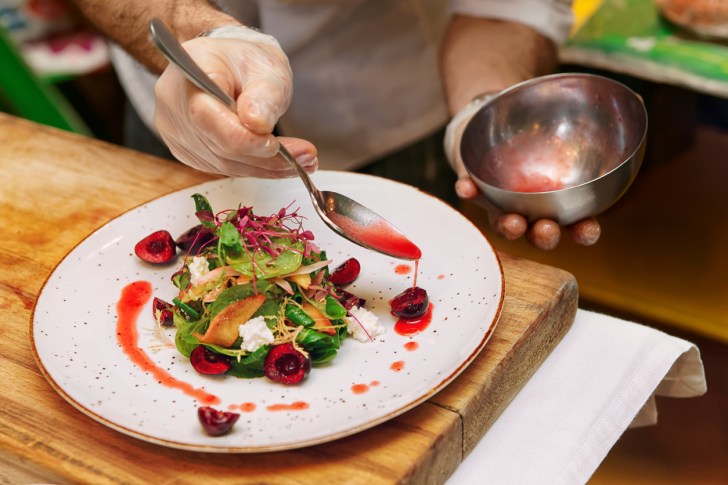
iStockphoto
What’s the difference between a small plate and an appetizer? Well, the secret is that they’re the same thing, except small plates are going to be way too small of a portion (and most certainly not divisible by the actual amount of people at your table) for an unconscionably elevated price.
On that note: If a dish is intended to be sharable, a proper menu should tell you.